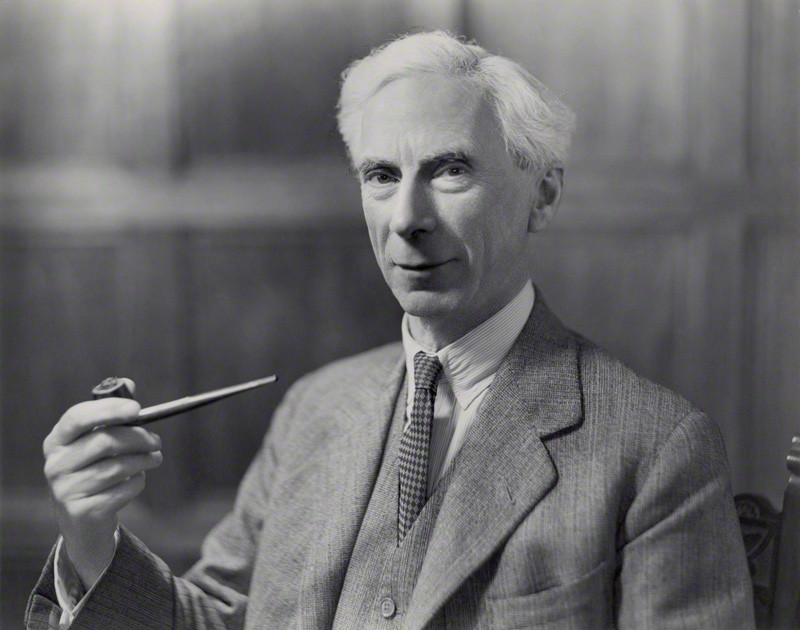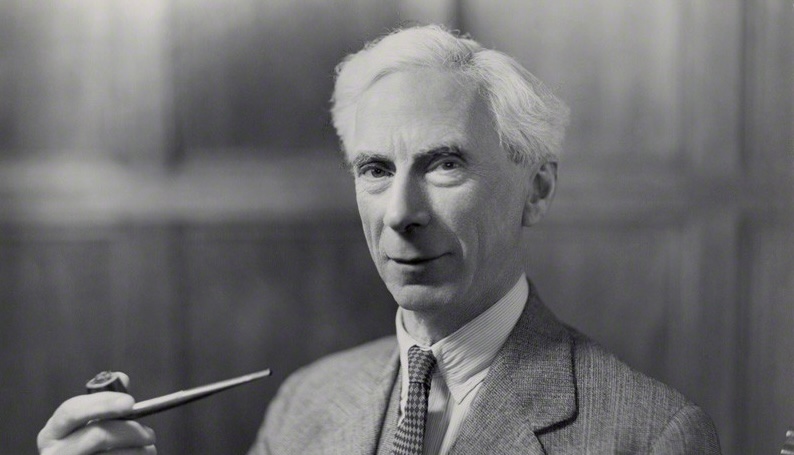Honouring Bertrand Russell: A New Blue Plaque for Cambridge
Cambridge has marked the life of one of the twentieth century’s most influential thinkers with a new Blue Plaque, unveiled at Trinity College before its installation at Bertrand Russell’s former home on Babraham Road.
Russell (1872–1970) was a philosopher, mathematician, writer and humanitarian whose influence reached far beyond academic circles. His principled opposition to the First World War — which cost him his lectureship and led to a prison sentence — became a defining expression of his lifelong belief that moral courage should guide public life. In 1950, he was awarded the Nobel Prize in Literature for writing that championed humanity, reason, and freedom of thought.

Photo: National Portrait Gallery
A Cambridge story with global reach
Although internationally recognised, Russell’s connection with Cambridge was long and formative. He arrived at Trinity College in 1890 to study mathematics and later collaborated with Alfred North Whitehead on Principia Mathematica, a work that reshaped modern logic and analytic philosophy. He returned to the College as a Fellow in 1910. Letters, early papers, and personal reflections held in Trinity’s archives show a mind shaped as much by the wider life of the city as by its academic traditions.
Standing up for peace
Russell’s commitment to peace endured throughout his life. In 1958 he became the first President of the Campaign for Nuclear Disarmament (CND), giving national and international visibility to a movement born in the shadow of Cold War nuclear escalation. His belief that public conscience mattered as much as political negotiation led him, in 1960, to co-found the Committee of 100, a group dedicated to mass non-violent civil disobedience. Even in his late eighties, Russell took part in sit-ins and demonstrations against nuclear weapons, resulting in arrest and widespread public attention. This chapter of his life helped bring the nuclear debate into everyday conversation, shaping how people understood the risks and moral questions of the atomic age.
Bringing history back into the neighbourhood
The plaque will be installed at 6 Babraham Road, the house Russell purchased when he returned to the UK from the United States in 1944. He lived there with his wife and young son during a period of intense writing, public criticism, and political engagement. Placing the plaque in this residential setting helps reconnect Russell’s story with the city he lived in, not just the institution he studied at.
Celebrating Cambridge’s shared heritage
The plaque was unveiled at Trinity College at a special event attended by the Mayor of Cambridge. The ceremony was held with the kind permission of Dame Sally Davies, Master of Trinity College, and the plaque was unveiled by Professor Alexander Bird, the Bertrand Russell Professor of Philosophy at the University of Cambridge.
The Cambridge & District Blue Plaque scheme is run by Cambridge Past, Present & Future (CPPF), the charity that works to protect the landscapes, heritage, and identity of Cambridge. Speaking at the event, CPPF Chief Executive James Littlewood noted how plaques help local residents discover the people behind the city’s history, often hidden in plain sight.
With Bertrand Russell now joining the growing collection of plaques across Cambridge, another layer of the city’s story becomes visible again: the story of a thinker who not only transformed the landscape of modern philosophy, but who also believed ordinary people had the power, and responsibility, to shape the world they lived in.





